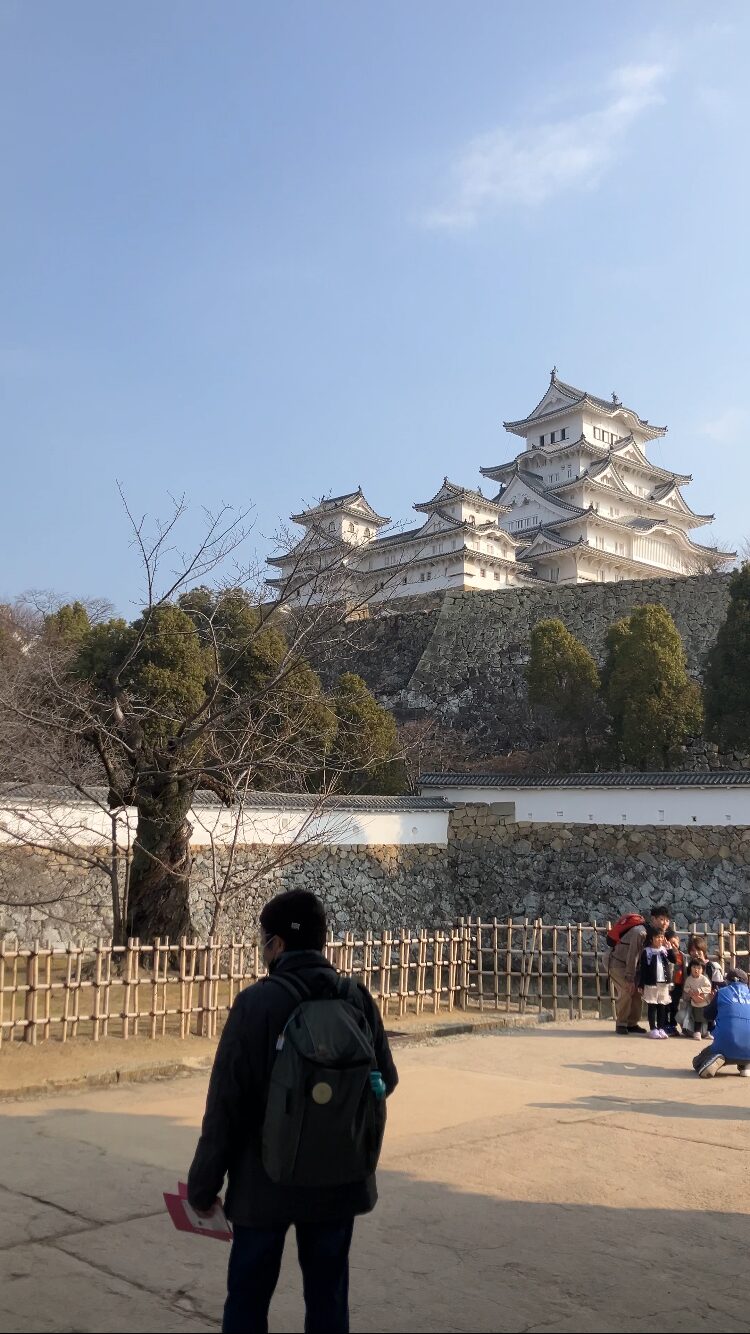Introduction to Himeji Castle
Himeji Castle, also known as the “White Heron Castle” (Shirasagijo), is one of Japan’s most iconic and well-preserved feudal castles. Located in Hyogo Prefecture, it stands as a symbol of Japan’s rich history and architectural brilliance. Recognized as a UNESCO World Heritage Site, this castle attracts millions of visitors each year, offering a glimpse into Japan’s samurai era.
Historical Background of Himeji Castle
Origins and Early Construction
Himeji Castle’s origins date back to 1333, when Akamatsu Norimura built a fort on Himeyama Hill. In 1580, Toyotomi Hideyoshi expanded it into a more substantial structure. The current castle complex was completed in 1609 under the rule of Ikeda Terumasa, who transformed it into the grand fortress seen today.
Major Renovations and Expansions
Throughout its history, Himeji Castle has undergone several renovations. The most significant occurred during the Edo period and in the modern era, particularly between 2009 and 2015, when a large-scale restoration project was undertaken to preserve its white plaster walls and wooden framework.
Role During Feudal Japan
During Japan’s feudal period, Himeji Castle served as a vital military stronghold. Its strategic location between Kyoto and western Japan made it a key defensive position. Despite its formidable defenses, the castle never faced a full-scale attack, allowing it to remain in pristine condition.
Architectural Features of Himeji Castle
Unique Design Elements
Himeji Castle is renowned for its elegant white walls, which resemble a white heron in flight. The multi-tiered roof design and intricate wooden framework showcase advanced craftsmanship from the Edo period.
Defensive Structures and Strategies
The castle’s defenses include an elaborate network of gates, winding paths, and hidden corridors designed to confuse invaders. The steep walls and narrow openings provided excellent vantage points for archers and gunmen.
Symbolism and Aesthetics
Beyond its military function, Himeji Castle symbolizes power and prestige. The white exterior, achieved through a special plaster mix, not only enhances its beauty but also serves as a fire-resistant coating.
Himeji Castle in Modern Times
Preservation Efforts and Restorations
As a designated National Treasure of Japan, Himeji Castle has been meticulously preserved. The 21st-century restoration project reinforced its wooden structures while maintaining historical authenticity.
UNESCO World Heritage Site Designation
In 1993, Himeji Castle was one of the first sites in Japan to be added to the UNESCO World Heritage List, recognizing its cultural and architectural significance.
Visitor Information and Tourism
Today, Himeji Castle is one of Japan’s most visited historical sites. It offers interactive exhibits, guided tours, and breathtaking panoramic views from its main keep.
Legends and Cultural Significance
Myths and Folklore Associated with Himeji Castle
One of the most famous legends is the tale of Okiku, a servant who was falsely accused of losing valuable dishes and was thrown into a well. Her ghost is said to haunt the castle grounds.
Himeji Castle in Popular Culture
The castle has appeared in numerous films and TV dramas, including the James Bond movie You Only Live Twice and Akira Kurosawa’s Ran.
Annual Events and Festivals
Himeji Castle hosts various cultural events, such as the Himeji Castle Cherry Blossom Festival in spring and the Himeji Yukata Festival in summer, attracting both locals and tourists.
Practical Information for Visitors
Access and Transportation
Himeji Castle is easily accessible from major cities like Osaka and Kyoto. From JR Himeji Station, the castle is just a 15-minute walk or a short bus ride away.
Admission Fees and Operating Hours
The entrance fee is ¥1,000 for adults and ¥300 for children. It is open daily from 9:00 AM to 5:00 PM, with extended hours during peak seasons.
Nearby Attractions and Amenities
Visitors can explore nearby sites such as Koko-en Garden, a beautifully landscaped Japanese garden, and Mount Shosha, home to the historic Engyoji Temple.
This content provides a detailed yet easy-to-understand overview of Himeji Castle, incorporating historical context, architectural details, cultural significance, and practical visitor information—all while following a structured and SEO-friendly format.



コメント